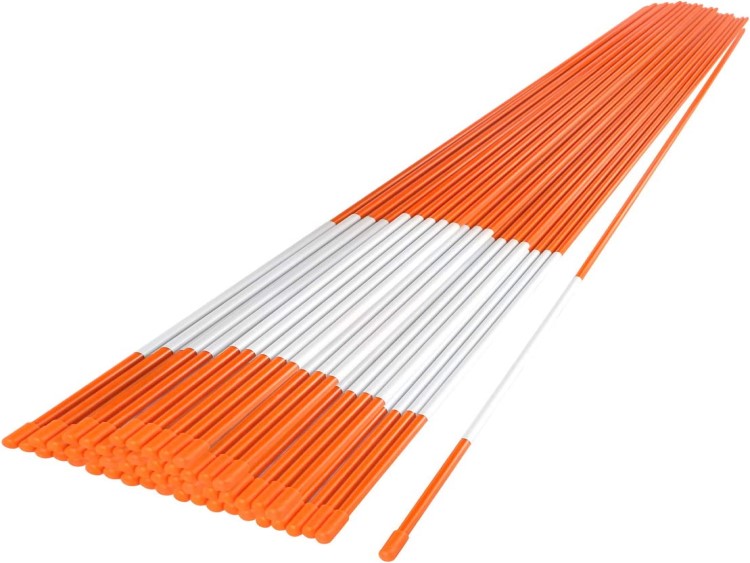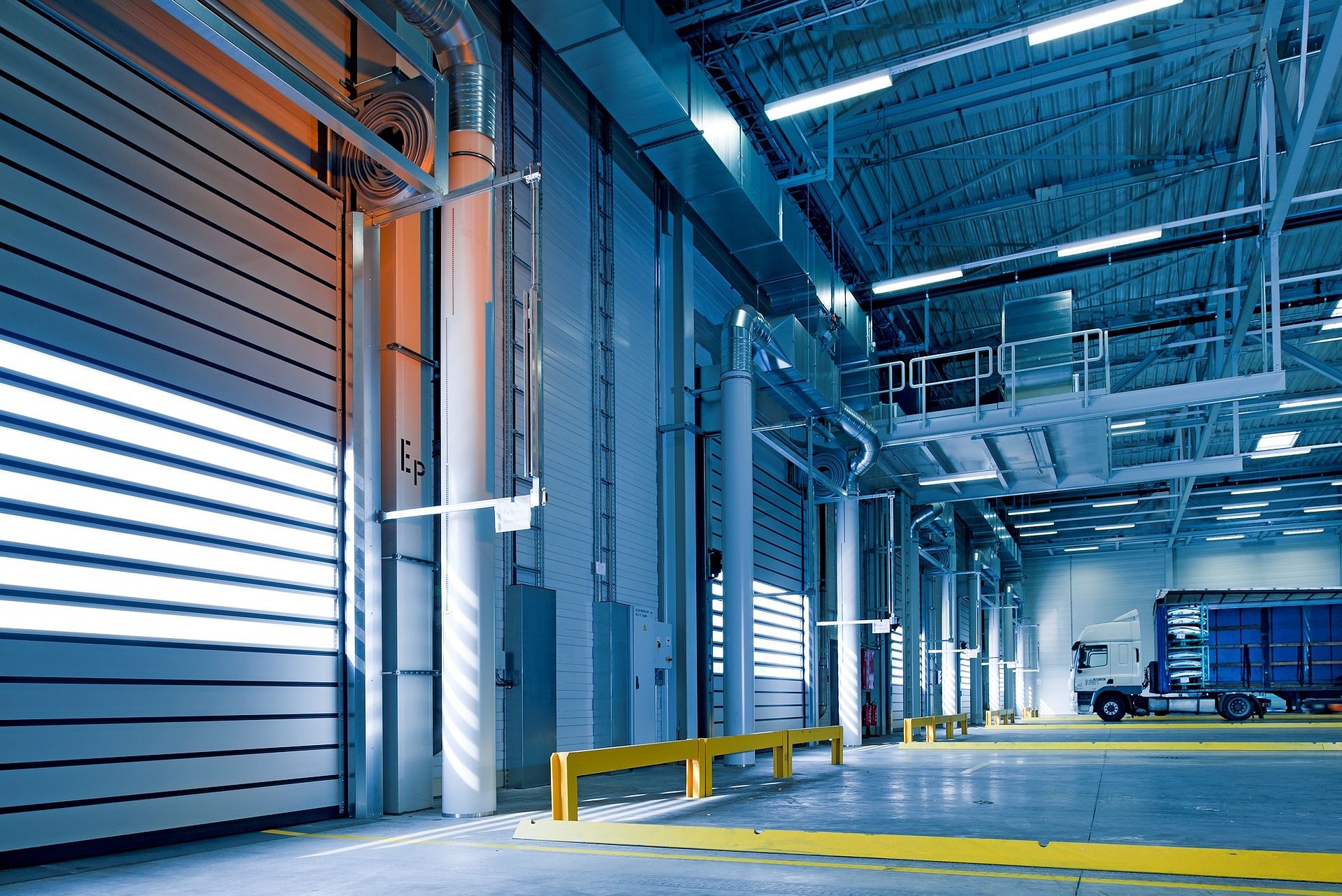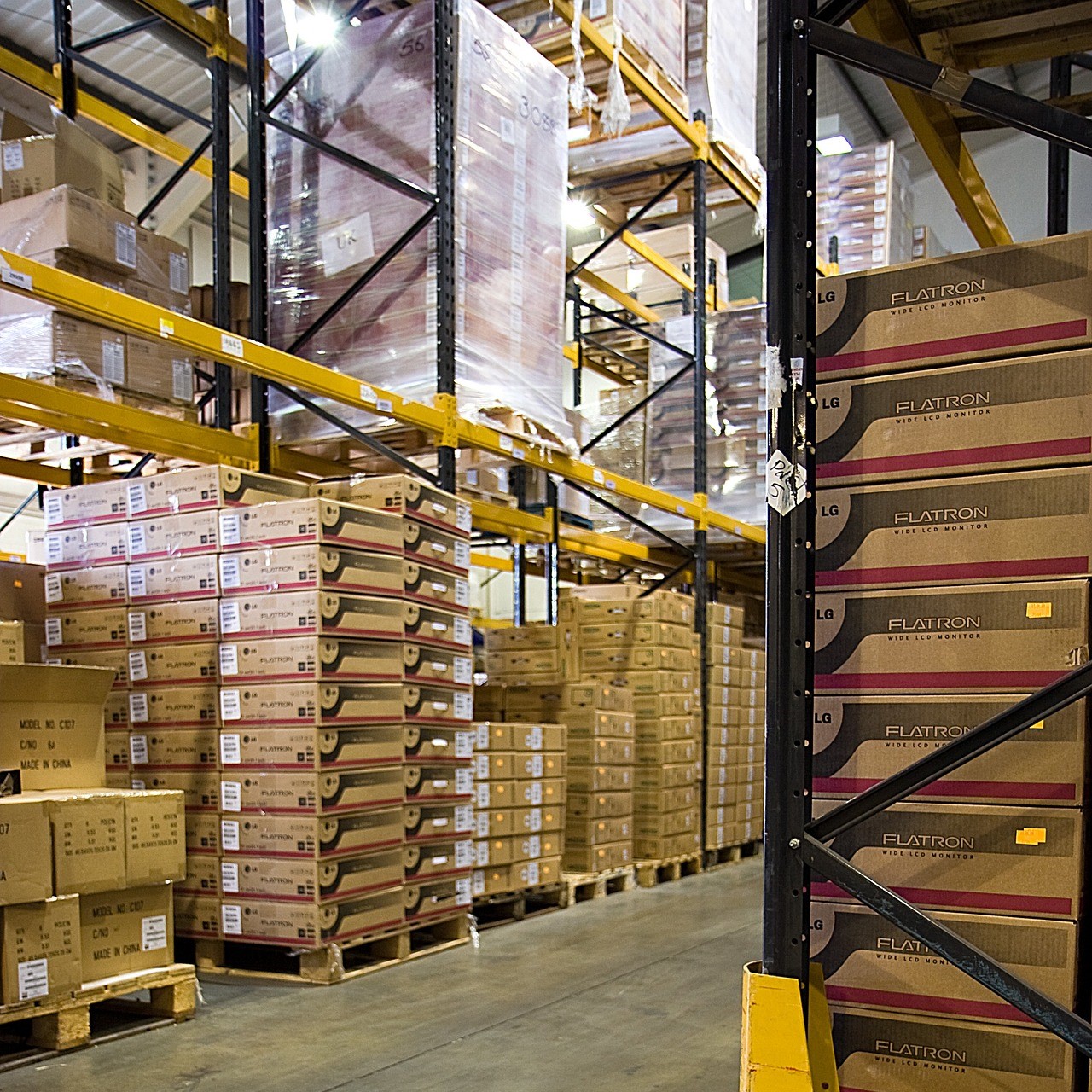
Your warehouse can be the heart of your operations. It’s a hub of productivity, movement, and efficiency. While attention is often focused on organizing racks, optimizing workflows and improving logistics, one often overlooked aspect is appearance. Namely your warehouse floor. Years go by and dirt, scuffs and marks can make your warehouse floor and overall appearance looks old and messy. Repainting the warehouse floor is a simple yet effective way to revitalize the space, enhance safety and improve appearance for employees and customers. Here are some typical general steps to help you achieve the transformative power of a freshly painted floor.
Step 1: Evaluation and Planning
Before diving into the project, evaluate the condition of your warehouse floor. Look for signs of wear, cracks, or damage that may require repair. Assess the current paint condition and determine if it needs to be removed or if additional preparation steps are necessary. Plan the logistics, including scheduling the project during a period of low activity to minimize disruptions.
Step 2: Preparation and Cleaning
Clear the warehouse floor of any items, equipment, or debris. Thoroughly sweep or vacuum the entire area to remove loose dirt and dust. For a clean and long-lasting finish, it’s essential to deep-clean the floor using a suitable degreaser or floor cleaning solution. Scrub the surface with a stiff-bristle brush or a floor scrubber to eliminate oil, grime, and other contaminants. Rinse the floor thoroughly with clean water and allow it to dry completely.
Step 3: Choosing the Right Paint
Selecting the appropriate paint is crucial for achieving a durable and aesthetically pleasing finish. Consider high-quality epoxy or polyurethane floor paints that are designed for industrial and warehouse settings. These paints are known for their excellent adhesion, chemical resistance, and long-lasting durability. Take into account factors such as the level of foot or vehicle traffic, potential exposure to chemicals, and any specific safety requirements when choosing the paint type and color.
Step 4: Application Techniques
Start by cutting in along the edges of the floor using a brush or roller to ensure clean and precise lines. Once the edges are completed, use a roller or paint sprayer to apply the paint to the rest of the floor in even, overlapping strokes. Work in small sections to maintain a wet edge, preventing visible seams. Follow the manufacturer’s instructions for the recommended drying time between coats. If needed, add non-slip additives to the final coat to improve traction and safety.
Step 5: Curing and Maintenance
Allow the paint to cure according to the manufacturer’s instructions before resuming regular warehouse operations. Curing times may vary, but it’s essential to give the paint sufficient time to harden and bond properly. Once the floor is ready for use, implement a regular maintenance routine to preserve its appearance and longevity. Regular sweeping and occasional mopping with mild detergents will help keep the floor clean and maintain its fresh look.
Repainting your warehouse floor is a cost-effective and transformative way to revitalize the space. By investing a little time and effort into this project, you can achieve a clean, professional-looking environment that impresses employees and customers and improves safety.
Popular Paint Types:
When it comes to repainting a warehouse floor, there are a few specific paint types that are commonly recommended for their durability and suitability for industrial settings. It’s important to note that each type of paint has its own application requirements and limitations. Some paints may require specific primers or surface preparation, so it’s crucial to follow the manufacturer’s instructions for the specific product you choose. Additionally, consider factors such as the level of traffic, exposure and desired finish when selecting the paint type for your warehouse floor.
Epoxy Floor Paint: Epoxy paint is a popular choice for warehouse floors due to its high durability and chemical resistance. It creates a hard, glossy surface that can withstand heavy foot and vehicle traffic. Epoxy paints are available in various formulations, including water-based and solvent-based options. They provide excellent adhesion and are relatively easy to clean and maintain.
Polyurethane Floor Paint: Polyurethane paint is another durable option for warehouse floors. It offers resistance to abrasions, chemicals, and UV rays, making it suitable for high-traffic areas. Polyurethane coatings provide a glossy finish and are known for their long-lasting performance. They can be used as a topcoat over epoxy paint to enhance the overall durability and appearance of the floor.
Concrete Stain: Concrete stain is a different type of floor coating that can be used to revitalize a warehouse floor. Unlike epoxy or polyurethane paint, concrete stain penetrates the porous surface of the concrete, providing a semi-transparent, decorative finish. Stains are available in a variety of colors and can create a marbled or variegated effect on the floor. While stains may not offer the same level of protection as epoxy or polyurethane, they can enhance the aesthetic appeal of the floor.

Share this Article:


Snow plow blade deflectors, also known as snow deflectors or snow shields, are strips designed to prevent snow, ice, and other debris from being thrown onto the windshield of a snow plow during operations.

Revitalizing a warehouse through floor repainting improves safety, aesthetics, and efficiency, using steps from evaluation to maintenance with specific durable paints.

Pallet racking in warehousing and distribution can deliver efficient storage and can be crucial for effective and streamlined operations.